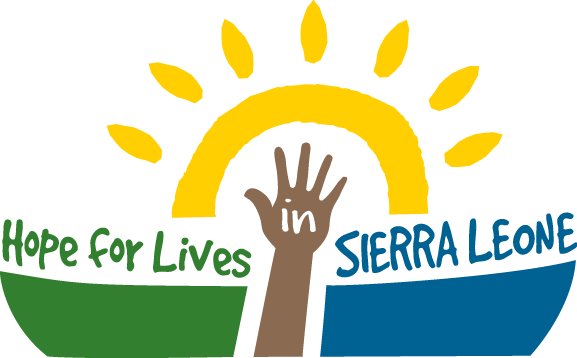About Sierra Leone
Sierra Leone is a small country on the Atlantic coast in West Africa, between Guinea and Liberia. At 27,700 square miles, Sierra Leone is a little smaller than the state of South Carolina with a population of approximately 5-7 million people. It is a beautiful country with a tropical climate and diverse topography that ranges from savannah to rainforest.
Sierra Leone’s economy is based primarily on vast mineral wealth in diamonds, titanium, bauxite, gold and rutile. Despite the economic base provided by the mining of these minerals and commerce the World’s 3rd largest port, in Freetown, Sierra Leone remains one of the poorest countries in Africa with most of the population living on $1 a day. Life expectancy in Sierra Leone is 45-47 years of age on average, due in part to the high maternal and infant mortality rate. Approximately 1-in-4 children do not reach the age of 5. Women are particularly vulnerable due to their lower social status and the inherent risks associated with childbirth. Access to basic reproductive health services up until recently, has been very limited. Pregnant women have a 1-in-8 chance of dying from treatable complications associated with childbirth.
The healthcare system in Sierra Leone has many challenges including a lack of vaccines and other medicines, limited access to safe drinking water, inadequate sanitation, malnutrition, inaccessible emergency care, lack of blood plasma, and a general lack of basic health services throughout the country. The lack of transportation to health facilities contributes to these challenges. The most significant diseases affecting the population include acute respiratory illnesses, diarrhea, malaria and HIV/AIDS. Significant improvements have been made since a Free Healthcare Initiative was instituted by the government in 2010, but access remains a significant challenge. More detailed statistics are available on the UNICEF web site.
Sierra Leone has had a difficult struggle recovering from an 11 year civil war from 1991 to 2002. The war was fought, in part, over “blood diamonds” (dramatized in the 2006 movie “Blood Diamond”). Children as young as 8 were recruited, often by force, to participate as rebel soldiers. Over 50,000 people died and as many as 2 million were displaced as a result of the decade long civil war. As many as 20,000 were permanently injured or mutilated by warring factions. Evidence of the atrocities during the civil war is a constant visible reminder in the countless amputees and disabled persons throughout the country.
It will be a long road towards any degree of prosperity and sustainability for Sierra Leone, but progress is being made with a more stable government and the return of aid and development through various relief and non-governmental organizations. The eternal hope and optimism of Sierra Leoneans will provide the impetus for the growth and renewal of this most beautiful country.
